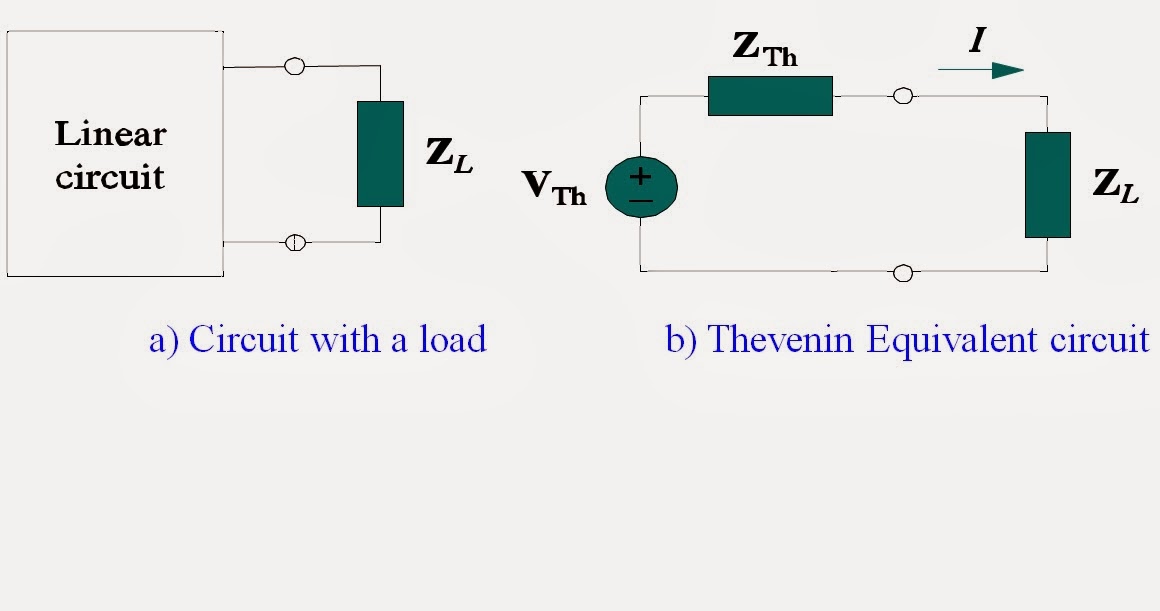Apparent Power and Power Factor
Apparent power is a measure of alternating current (AC) power that is computed by multiplying the root-mean-square (rms) current by the root-mean-square voltage.
it is the magnitude of a complex power S
it is the magnitude of a complex power S
The apparent power is measured by VA (volt ampere) it is also the product of the rms value.
in previous formula:
P = 1/2 Vm Im cos(θv - θi)
and
P = Vrms Irms cos(θv - θi) = S cos(θv - θi)
S = Vrms Irms
Power factor is define as the ratio of the real power flowing to the load, to the apparent power in the circuit.
pf = P/S = cos(θv - θi)
Example:
Obtain the power factor and the apparent power of a load whose impedance is Z=60+j40Ω when the applied voltage is v(t) = 150 cos(377t + 10) V.
I = V/Z = (150 ∠ 10)/(60 + j40 Ω) = 2.08 ∠-23.69 A
S = Vrms Irms = (120/√2)(2.08/√2) = 156 VA
pf = cos(θv - θi) = cos(10 - (-23.69)) = 0.832
Complex Power
pf = cos(θv - θi) = cos(10 - (-23.69)) = 0.832
Complex Power
complex power defined as:
S = P + jQ
where:
P = the real part and measured in watt (W)
Q = is the reactive power it is measured by volt-ampere reactive (VAR)
S = is the complex power measured by volt-ampere (VA)
Complex power can be calculated by multiplying the Vrms of a circuit by the complex conjugate of the total circuit current.
S = VI*
example:
Z = 25 + j15Ω = 29.15∠ 30.69
I = Vrms/Z = 10/29.15∠ 30.69 = 342.99∠ -30.964 mA =
I* = 342.99∠30.964 mA
Therefore:
S = VI*
S = (10∠0)(342.99∠30.964 mA)
S = 2.94 + j1.76 VA = 3.49∠ 30.964 VA
This is the power triangle the expression for the complex power.







